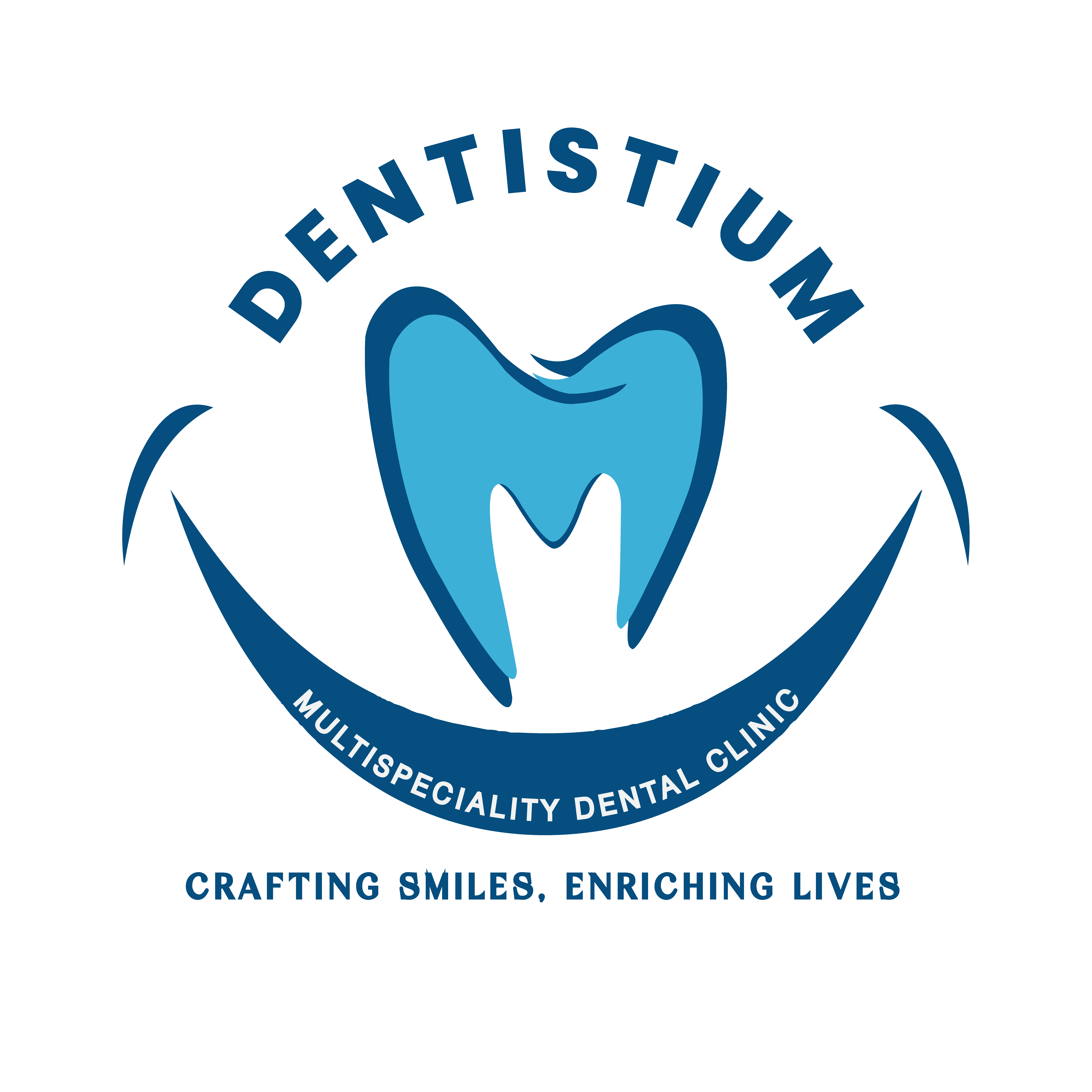Types of Tooth Restoration
Tooth Restoration
Tooth restorations refer to various methods dentists use to replace missing teeth or repair parts of a tooth that are damaged. This could be due to decay, previous dental work wearing down, or tooth fractures. Restorations are crucial for restoring both the function and appearance of your teeth. They can repair crooked, worn, discolored, or unhealthy teeth, preventing further decay and enhancing your smile.
Restorative dentistry includes several types of procedures aimed at improving oral health and function. These may involve placing crowns, bridges, or implants to replace missing or damaged teeth. These treatments not only restore the natural look of your teeth but also enhance their functionality, promoting better overall dental health.
Types of Tooth Restorations
Dental Fillings
Dental fillings are used to treat cavities caused by tooth decay, the most common type of tooth restoration. The procedure involves your dentist cleaning out the decay and filling the cavity with materials like silver amalgam or composite resin. For visible teeth, tooth-colored materials such as composite resins, glass ionomer, or resin-modified glass ionomer are preferred.
Dental Crowns
Dental crowns are tooth-shaped caps placed over a tooth to restore its shape, size, strength, and appearance. They are used to protect teeth with large cavities, weak or cracked teeth, and worn-down teeth. Crowns also anchor bridges that replace missing teeth and cover dental implants.
Crowns are placed by a dentist or a prosthodontist. The process usually involves taking an impression of your tooth, which is sent to a lab to create the crown. A temporary crown is placed over the natural tooth until the permanent crown is ready. In some cases, dentists can make crowns in their office.
To fit a crown, the dentist will remove some of your natural tooth enamel, then place the crown over it. This ensures the crown fits well and restores the tooth’s function and appearance.
Dental Bridges
Dental bridges are false teeth designed to “bridge” the gap created by one or more missing teeth. They are anchored on either side by crowns and cemented permanently into place, restoring both the look and function of your mouth. Bridges are usually made from porcelain that matches the natural color of your existing teeth, but they may also be made from porcelain bonded to a stronger metal underneath. A bridge may require your dentist to cover the healthy teeth on either side of it with crowns (called retainers) to anchor it in place. In some instances, it may also require the support of dental implants under the new teeth.
There are several different types of bridges, such as traditional, Maryland, cantilever, and implant-supported bridges. The type you need will depend on the number of missing teeth and their location. The quality of your abutment teeth, which are the teeth on either side of the bridge, may also be a factor. A general dentist or prosthodontist, a dentist who specializes in repairing or replacing missing or damaged teeth, can perform the bridge procedure.
Dentures
Dentures are removable false teeth used to replace missing teeth and their surrounding gums. They come in two main types: full dentures, which replace an entire set of teeth lost due to injury, decay, or gum disease, and partial dentures, which replace some missing teeth while preserving natural ones. Prior to getting dentures, any cracked or decayed teeth may need to be removed.
Another option is implant-supported dentures, which are secured by dental implants rather than resting solely on the gums. This provides greater stability compared to traditional dentures, making them a preferred choice for many.
Dentures are typically made of acrylic resin, sometimes with metal attachments. Complete dentures replace all teeth in an arch, while partial dentures are used when some natural teeth remain, clasping onto them for support.
Dental Implants
Dental implants are artificial tooth roots made of metal posts that are surgically placed into the jawbone where teeth are missing. Once in place, these implants serve as a sturdy base for replacement teeth, such as crowns or bridges, which are securely attached to them. Unlike traditional dental procedures that may require altering neighboring teeth, implants preserve the integrity of your natural teeth.
There are two main types of dental implants: endosteal implants, which are placed directly into the jawbone, and subperiosteal implants, which sit on or above the jawbone when there’s insufficient healthy bone structure. Both types are designed to look and function like natural teeth, improving both your dental aesthetics and functionality.
Implant procedures typically involve multiple stages and can take several months to complete. Despite the time investment, dental implants are considered a long-lasting solution, often lasting for decades with proper care. Oral surgeons and periodontists specialize in performing implant procedures, ensuring precise placement and optimal outcomes for patients.
Root Canal Treatment
Root canal treatment becomes necessary when decay or a crack extends deep into a tooth, reaching its inner pulp where nerves and blood vessels reside. If bacteria infect this pulp, it can lead to severe pain and infection.
During a root canal procedure, your dentist removes the infected pulp and cleans the inside of the tooth thoroughly. After cleaning, they fill the empty space with a rubber-like material called gutta percha to seal off the root canals and prevent further infection. Finally, a filling is placed to seal the tooth, and often a crown is recommended to strengthen and protect it from future damage.
Dental Bonding
Dental bonding, also known as enamel bonding, involves applying tooth-colored composite resin to cover cracks, craze lines, discoloration, and other imperfections. This procedure can change the shape of a tooth to enhance its appearance.


